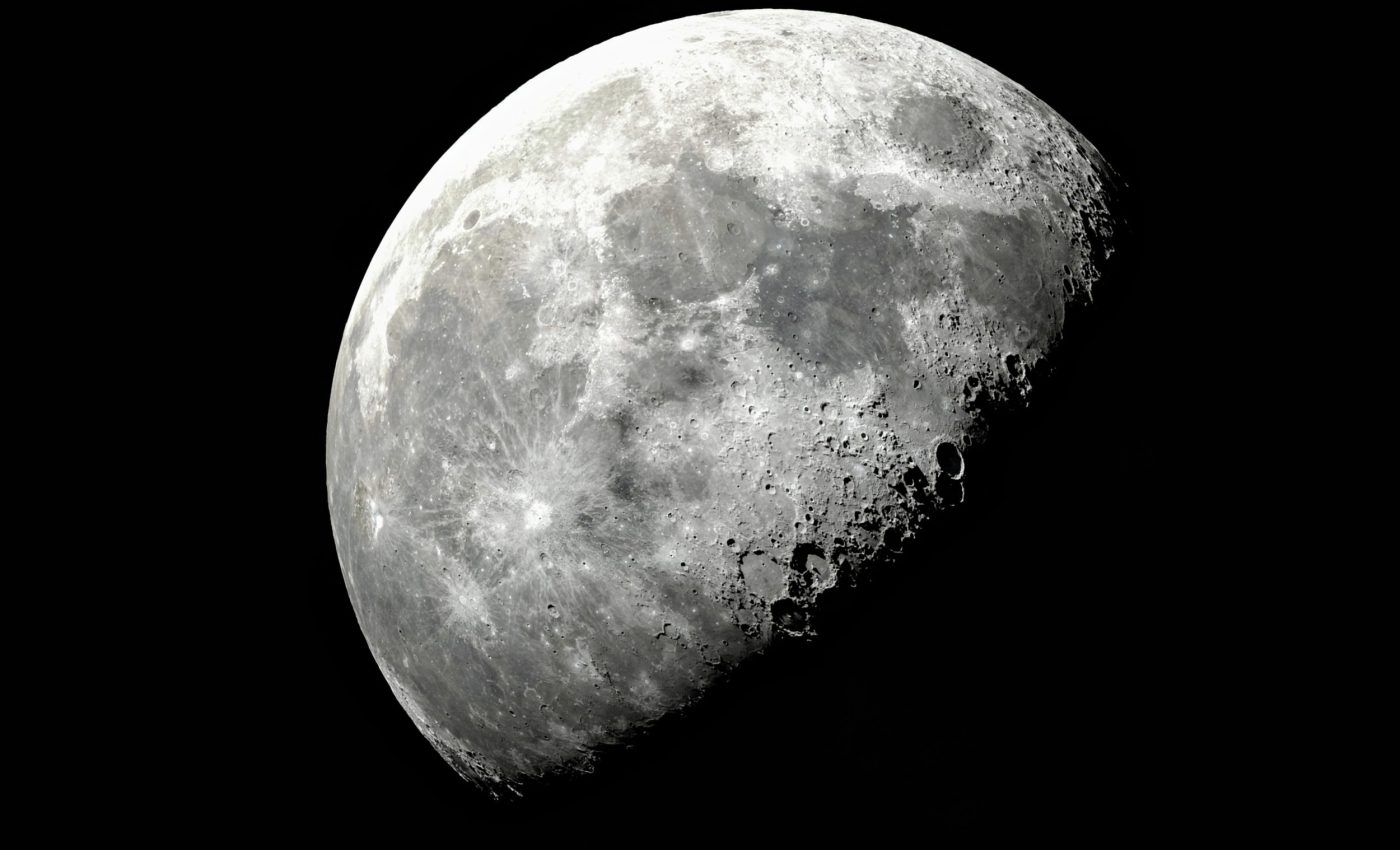
Where is the Moon’s water? A NASA mission will soon find out
NASA’s Lunar Trailblazer mission, launching next year, aims to shed light on the mystery of water on the Moon. Although scientists know that water exists on the lunar surface, many details remain unknown, including its precise location, abundance, and form.
Lunar Trailblazer, a small satellite managed by NASA’s Jet Propulsion Laboratory (JPL) and led by the California Institute of Technology (Caltech), will use advanced instruments to map lunar water in unprecedented detail.
“Making high-resolution measurements of the type and amount of lunar water will help us understand the lunar water cycle,” said Bethany Ehlmann, principal investigator for Lunar Trailblazer at Caltech.
“But understanding the inventory of lunar water is also important if we are to establish a sustained human and robotic presence on the Moon and beyond.”
Unlocking the potential of lunar resources
The presence of water on the Moon could be invaluable for future exploration. Lunar ice may offer a resource for astronauts to produce oxygen and rocket fuel, reducing the need to transport these essentials from Earth.
Equipped with Lunar Trailblazer’s findings, future missions might sample lunar ice to trace its origins. For instance, ammonia in the samples could indicate cometary origins, while sulfur might suggest the water was vented from volcanic activity when the Moon was geologically young.
“In the future, scientists could analyze the ice in the interiors of permanently shadowed craters to learn more about the origins of water on the Moon,” said Rachel Klima, deputy principal investigator of Lunar Trailblazer at Johns Hopkins Applied Physics Laboratory.
Understanding water movement on the Moon
An essential aspect of the mission is to determine if lunar water is mobile or locked into the rocks.
Sunlight heats frosty “cold traps” on the Moon’s surface, causing ice to sublimate, or transform directly from solid to gas, which may allow water molecules to travel to cooler locations. By tracking this movement, Lunar Trailblazer will contribute to understanding water cycles on other airless bodies, like asteroids.
Detecting the Moon’s water
The mission’s two instruments – the High-resolution Volatiles and Minerals Moon Mapper (HVM3) and the Lunar Thermal Mapper (LTM) – will work together to reveal where water resides and how it behaves.
JPL’s HVM3 infrared spectrometer will detect the Moon’s water by identifying its spectral signature and can peer into permanently shadowed craters by analyzing faint light reflecting off crater walls.
Meanwhile, the LTM, developed by the University of Oxford with UK Space Agency funding, will create thermal maps to track temperature variations across the lunar surface.
“The LTM instrument precisely maps the surface temperature of the Moon while the HVM3 instrument looks for the spectral signature of water molecules,” explained Neil Bowles, instrument scientist for the LTM at the University of Oxford.
Together, these instruments will offer a clear view of the Moon’s water distribution, temperature influence, and potential movement.
Preparing the Lunar Trailblazer for its journey
Lunar Trailblazer is a compact 440-pound (200-kilogram) satellite, spanning 11.5 feet (3.5 meters) with solar panels fully deployed. It will orbit 60 miles (100 kilometers) above the Moon’s surface, collecting data to map lunar water.
After its assembly and environmental testing at Lockheed Martin Space in Littleton, Colorado, the orbiter passed an operational readiness review at Caltech.
Currently, the mission team is conducting software tests simulating launch conditions and operations, including maneuvers and science data collection in lunar orbit.
Additionally, the operations team, led by IPAC at Caltech, is testing communication with NASA’s Deep Space Network to ensure smooth navigation and command transmission during the mission.
Mission management and objectives
Managed by JPL with Caltech leading science operations, Lunar Trailblazer is part of NASA’s SIMPLEx (Small Innovative Missions for Planetary Exploration) program.
Lockheed Martin Space provides the satellite itself and supports integration and operations under contract with Caltech. This mission is also part of NASA’s Discovery Program, directed by the Planetary Missions Program Office at NASA’s Marshall Space Flight Center.
Ultimately, Lunar Trailblazer’s high-resolution mapping of lunar water will advance both scientific understanding and exploration goals.
As the mission brings new insights into the Moon’s water cycle, it will inform strategies for sustainable lunar presence and help to answer broader questions about the origins of water on Earth and other celestial bodies.
—–
Like what you read? Subscribe to our newsletter for engaging articles, exclusive content, and the latest updates.
Check us out on EarthSnap, a free app brought to you by Eric Ralls and Earth.com.
—–













